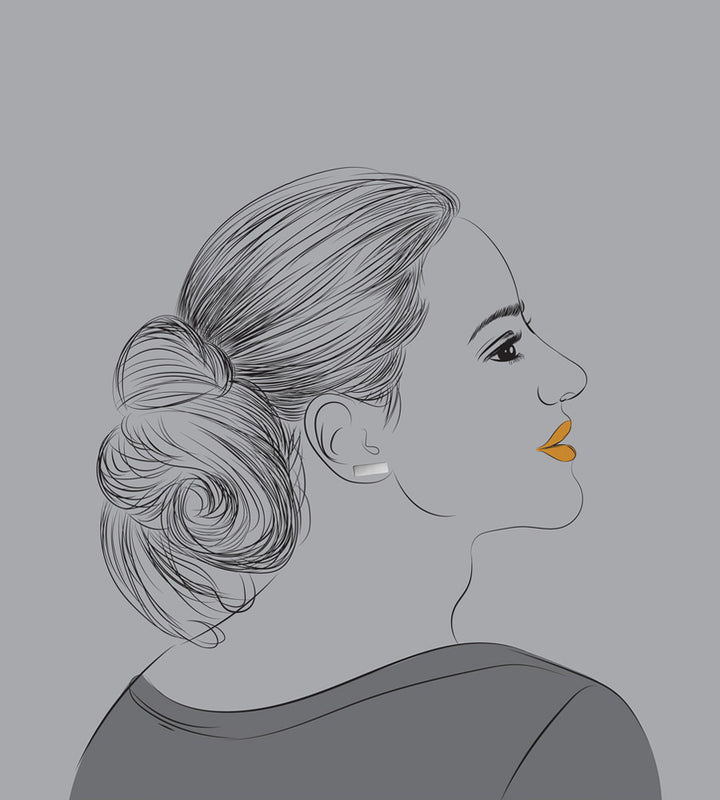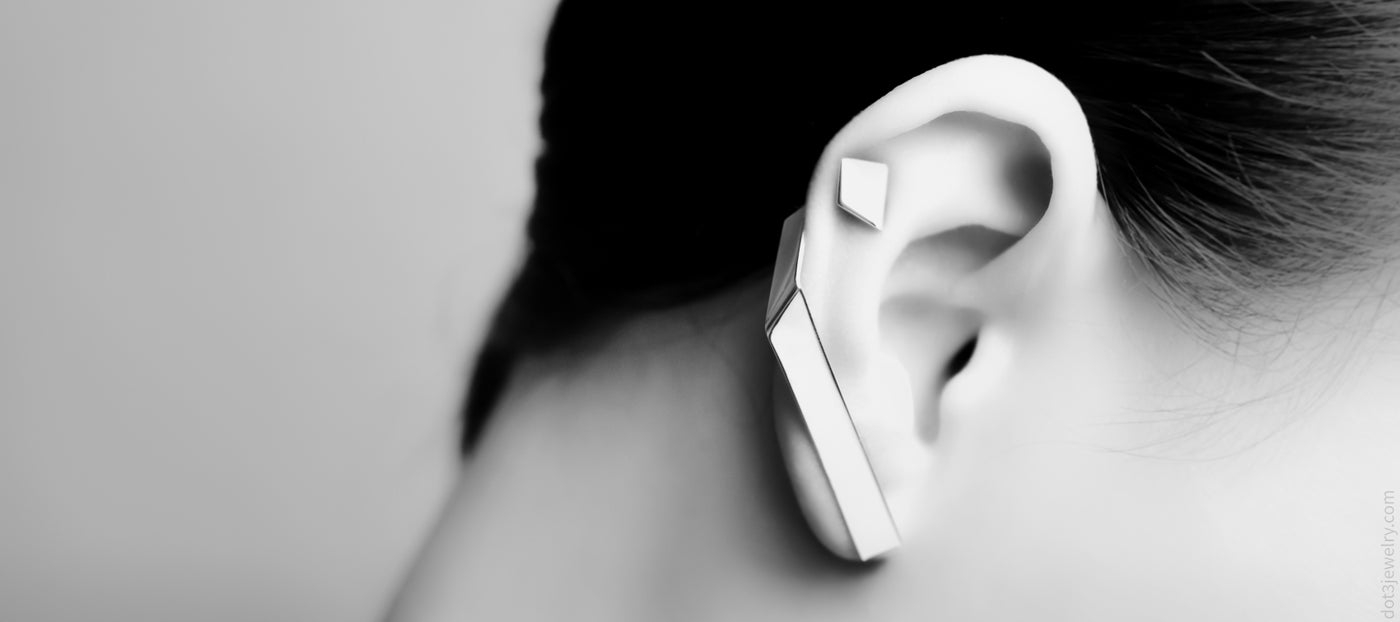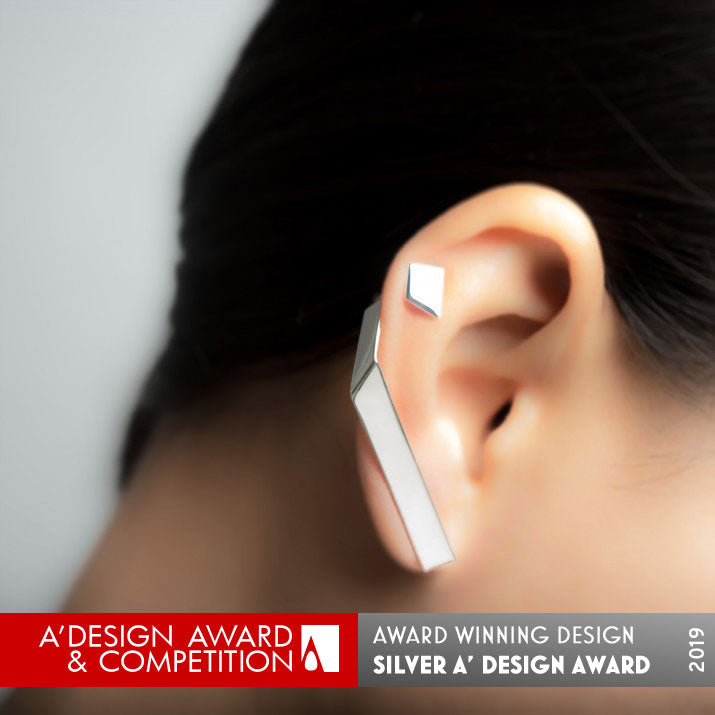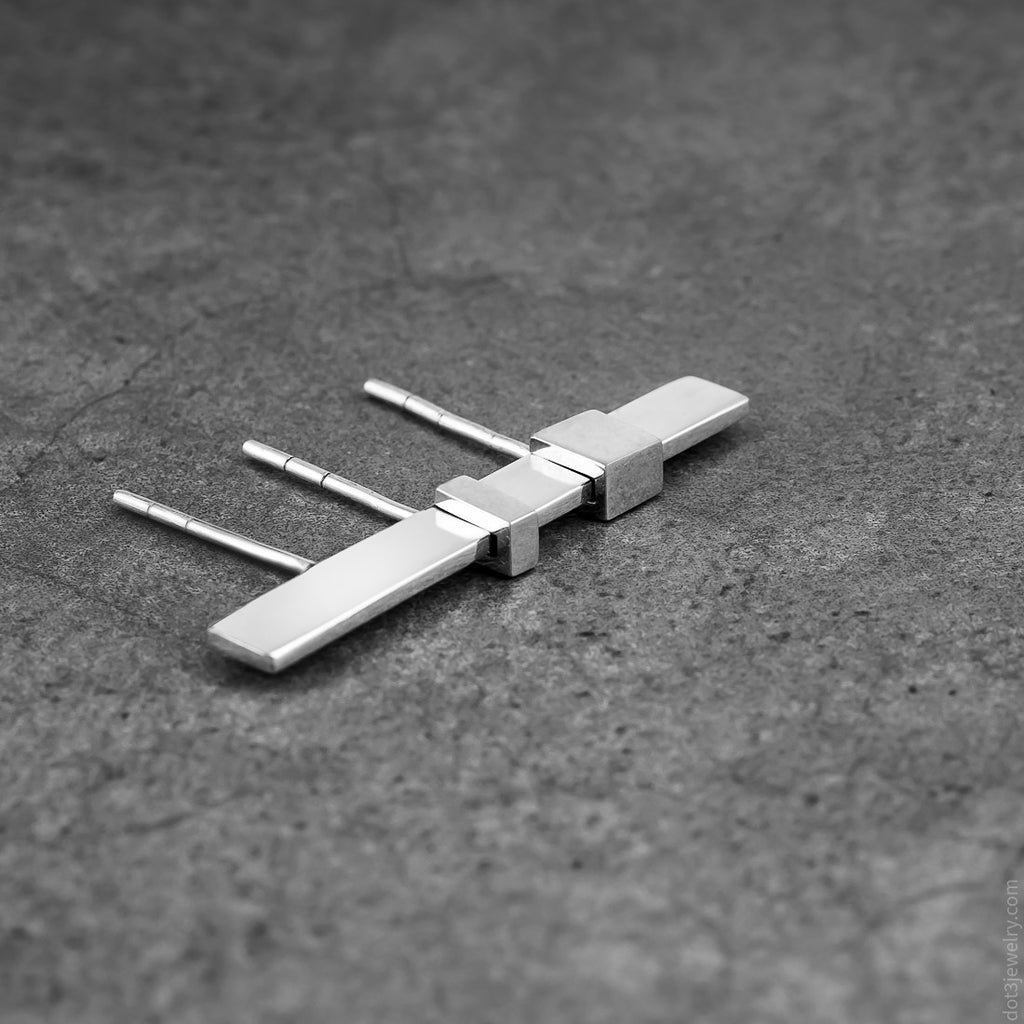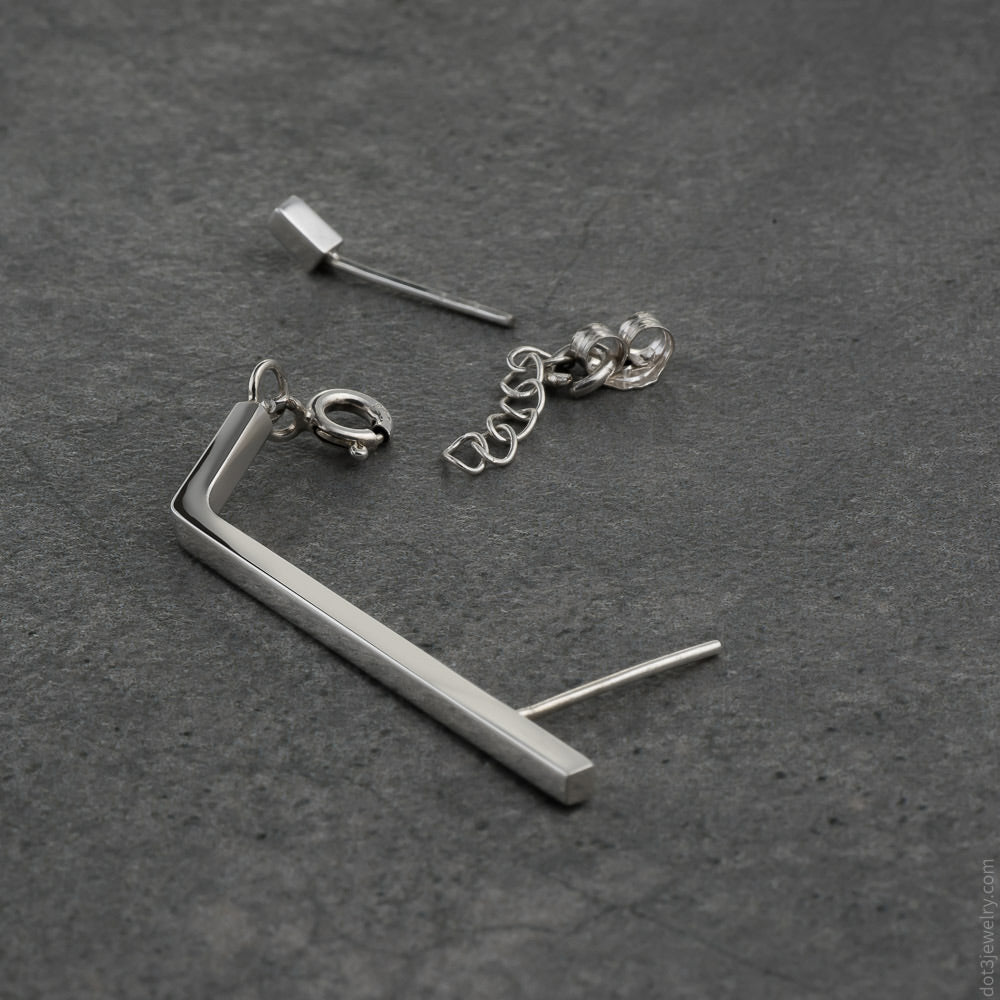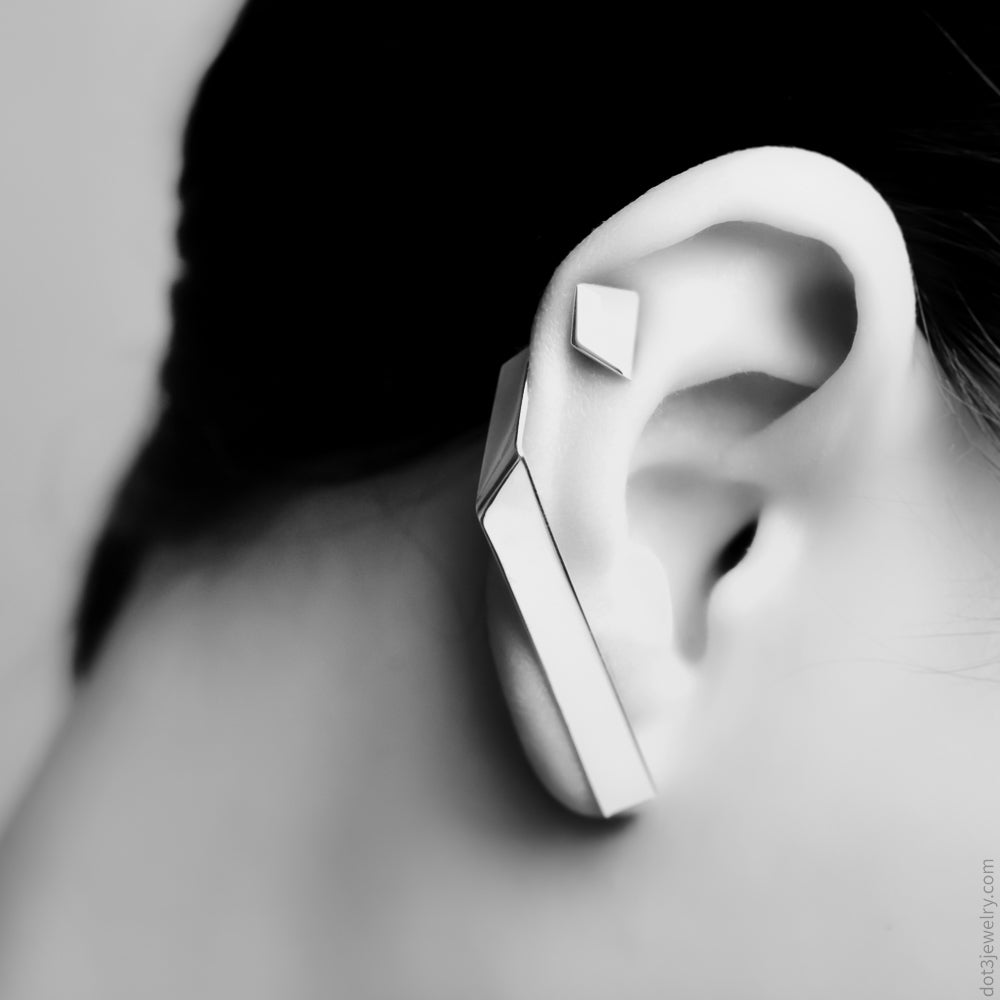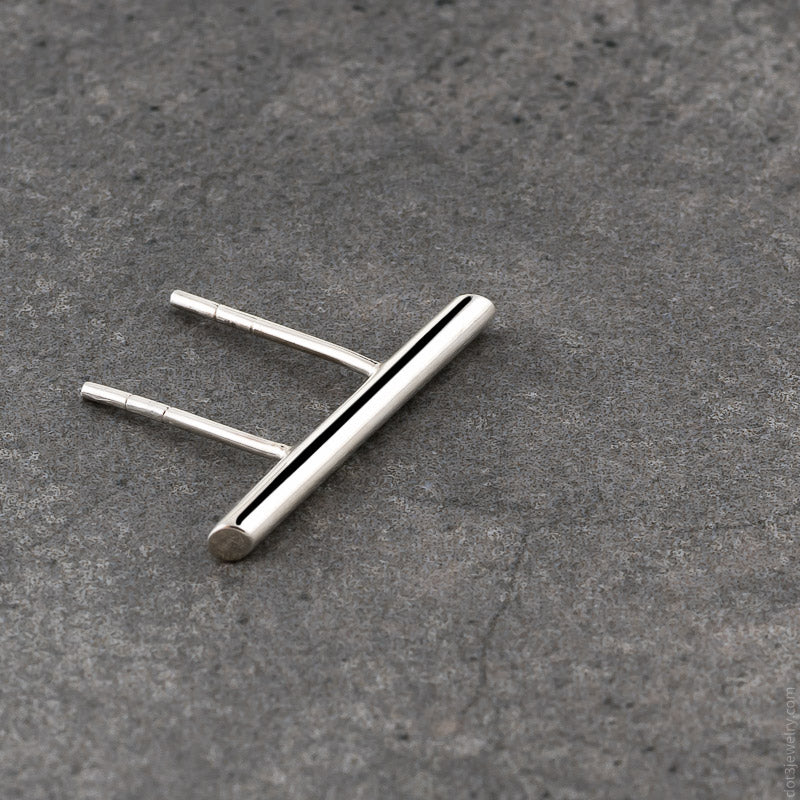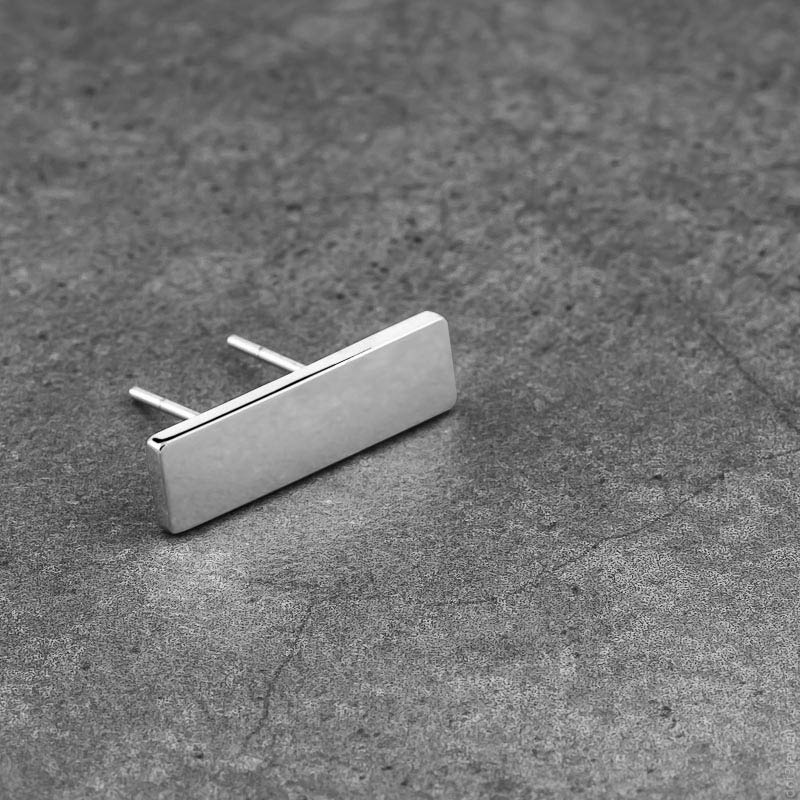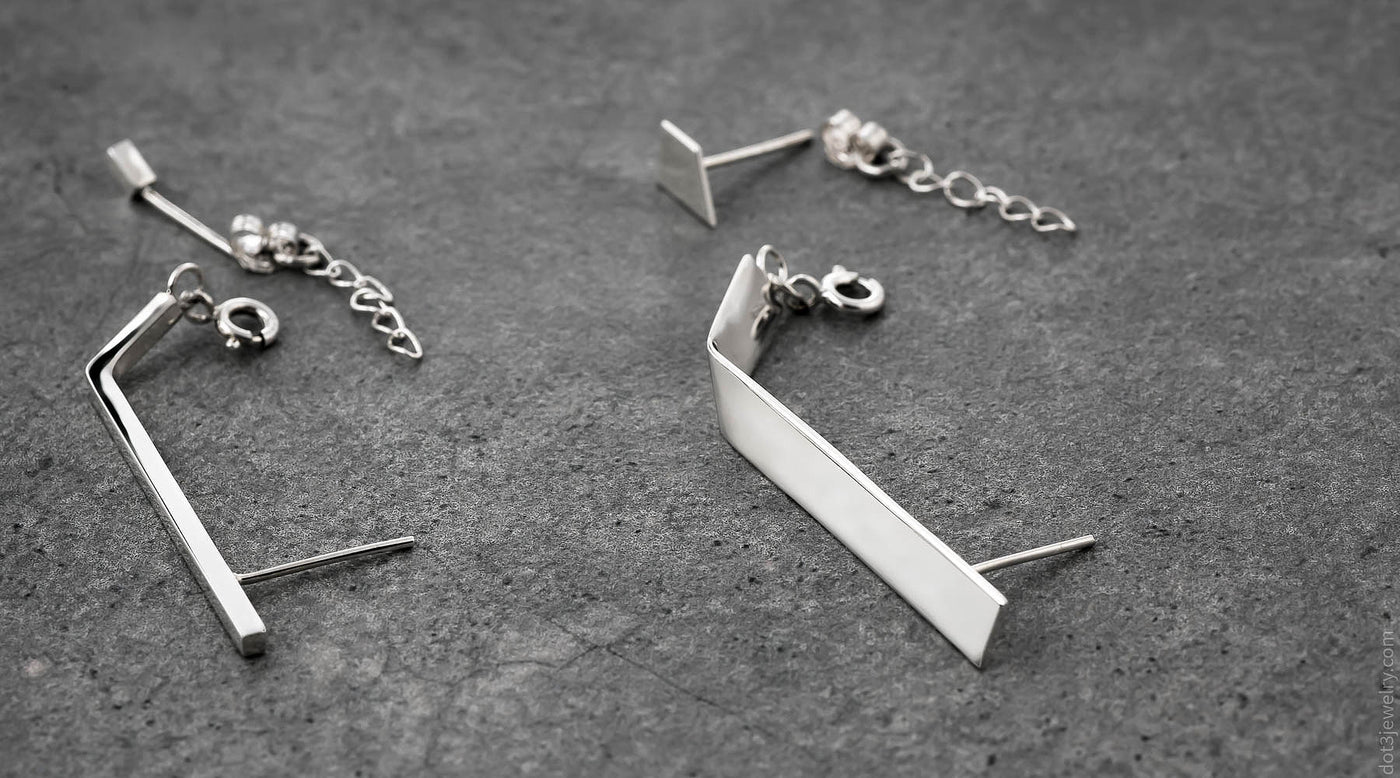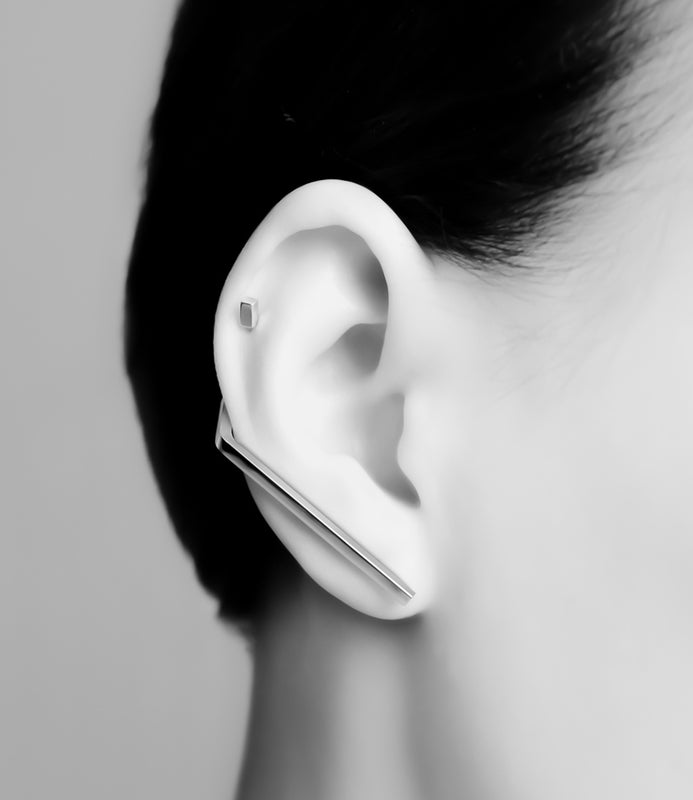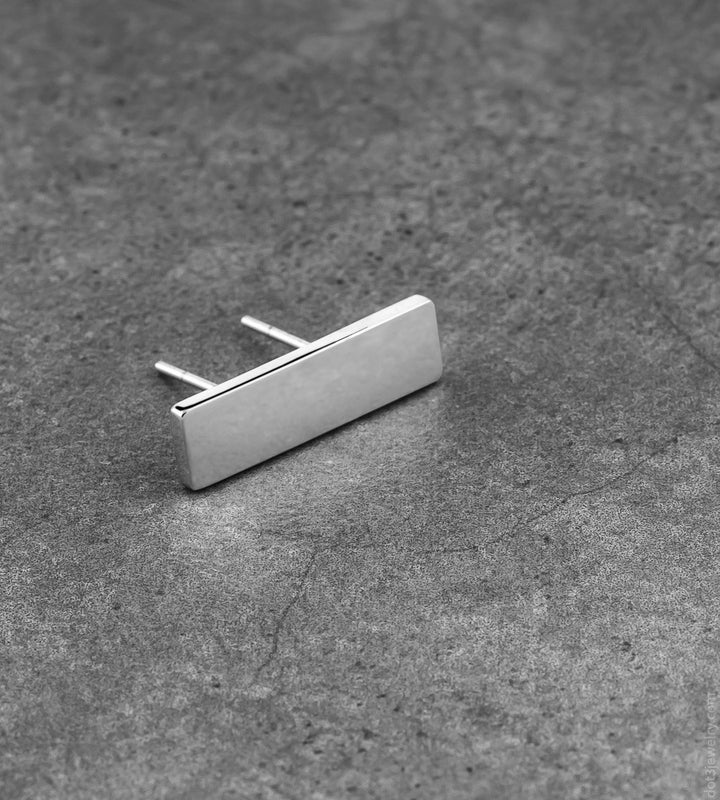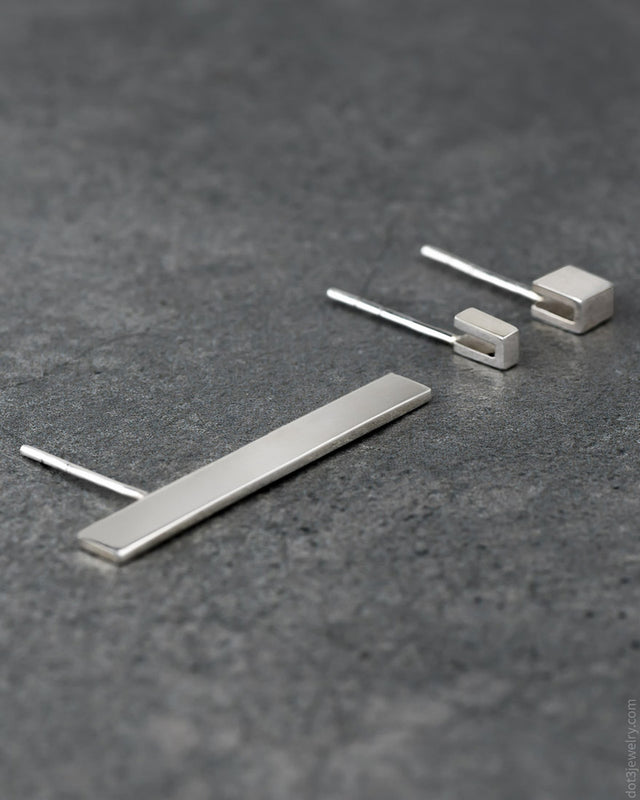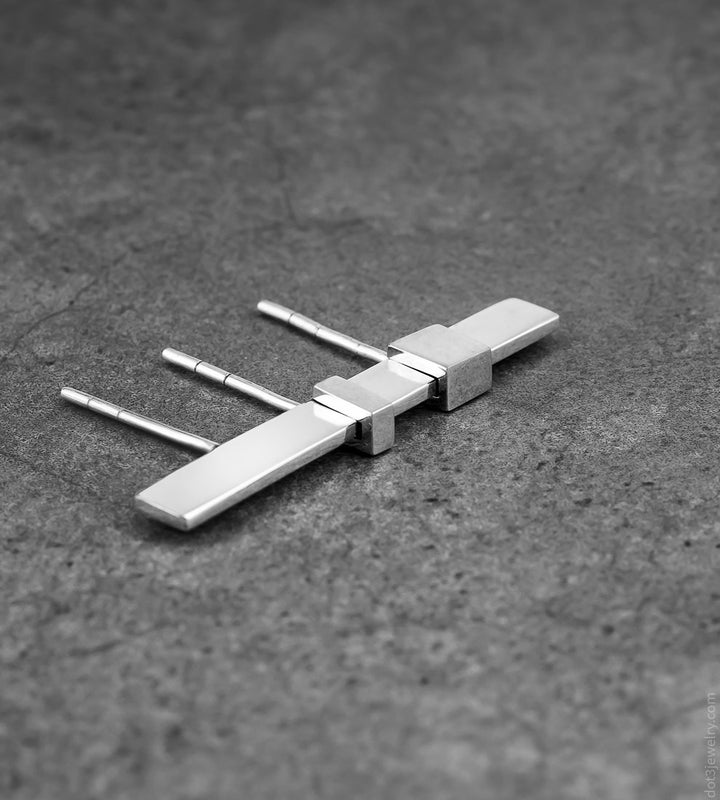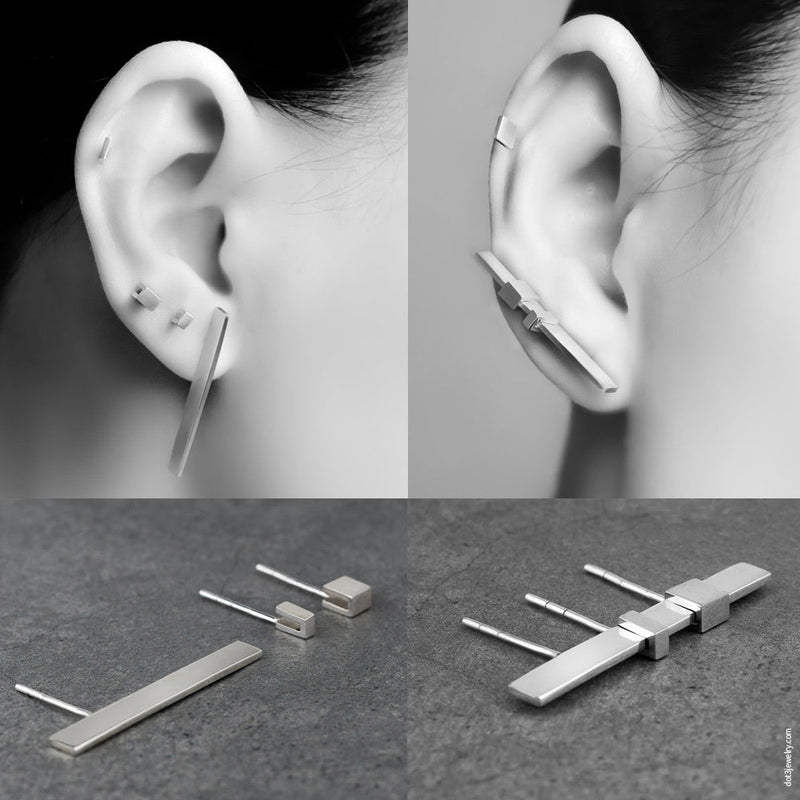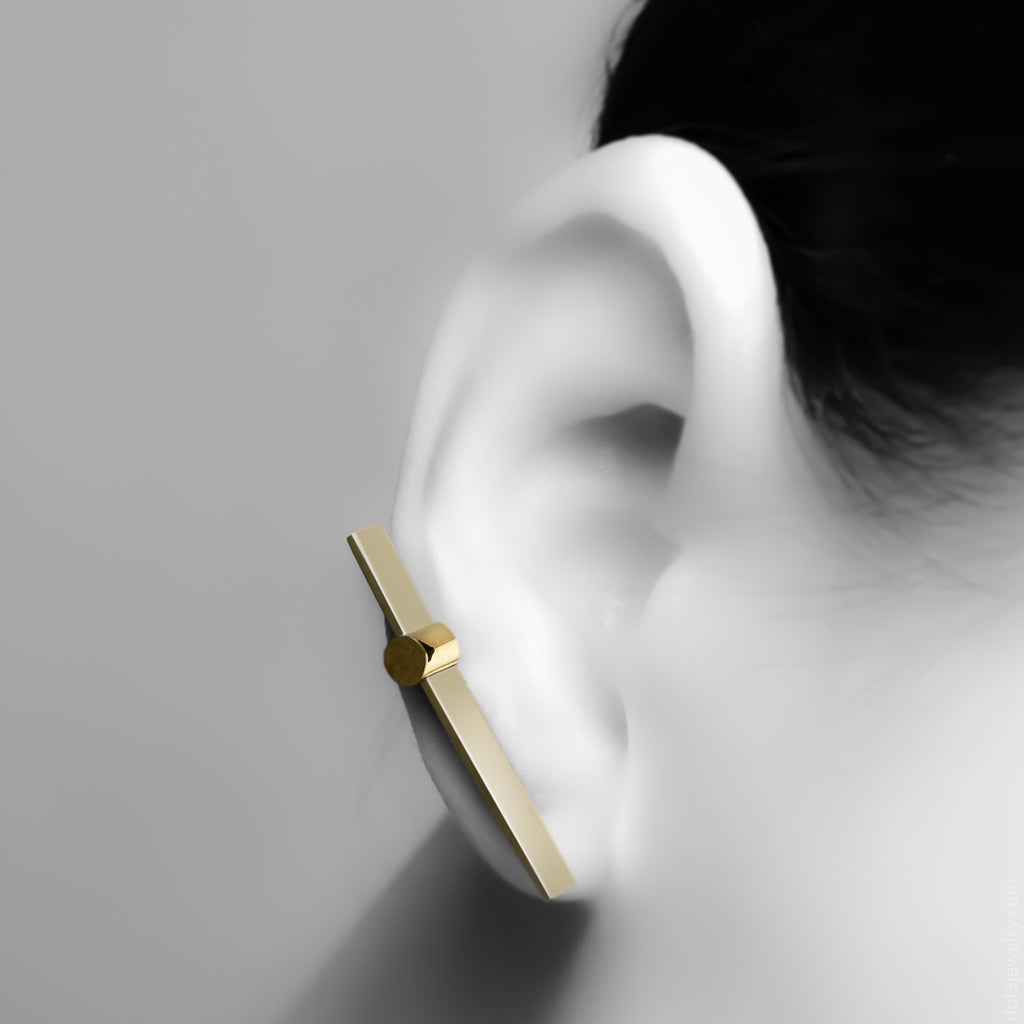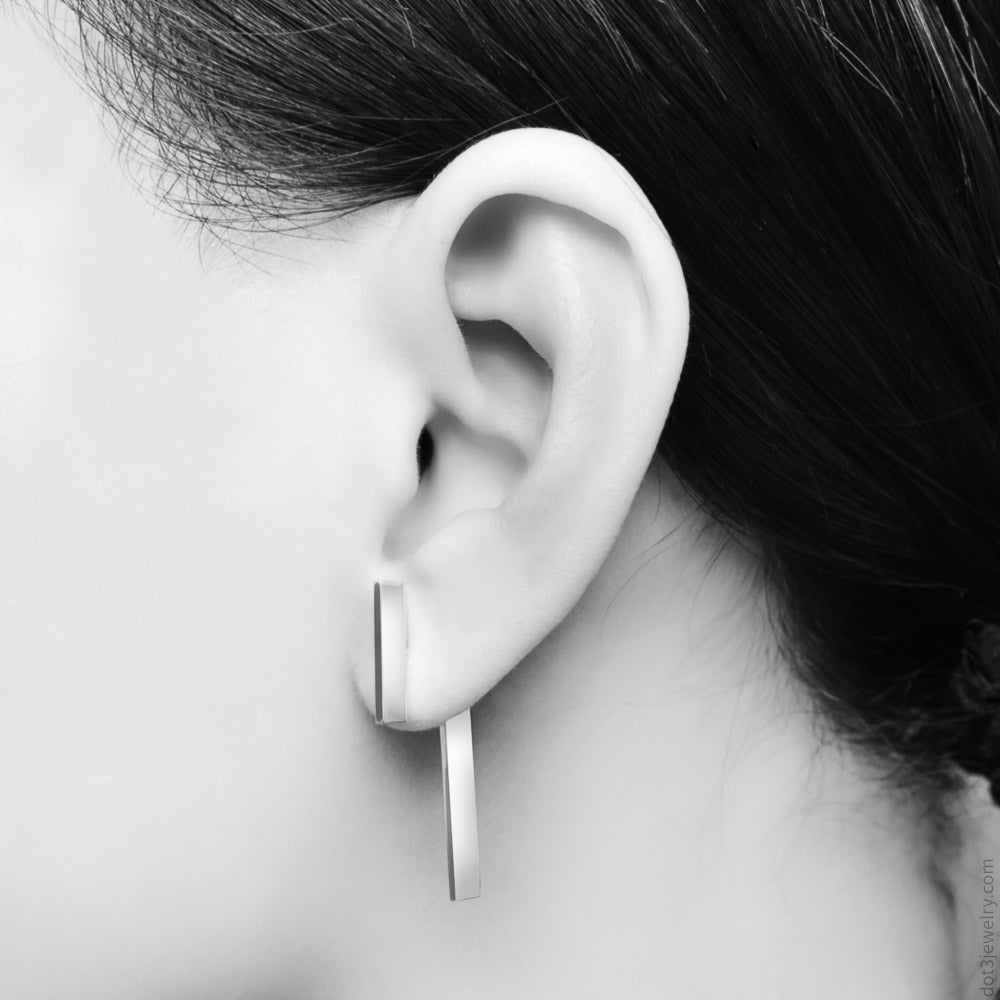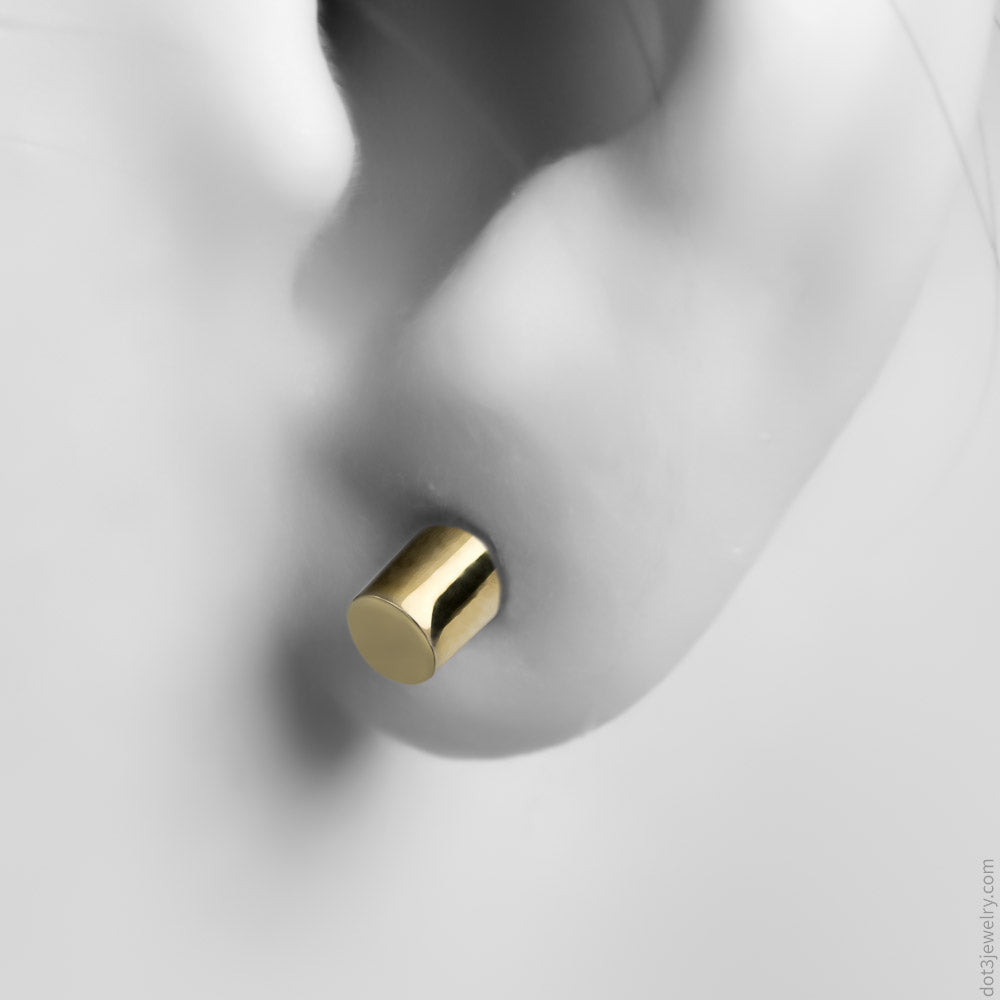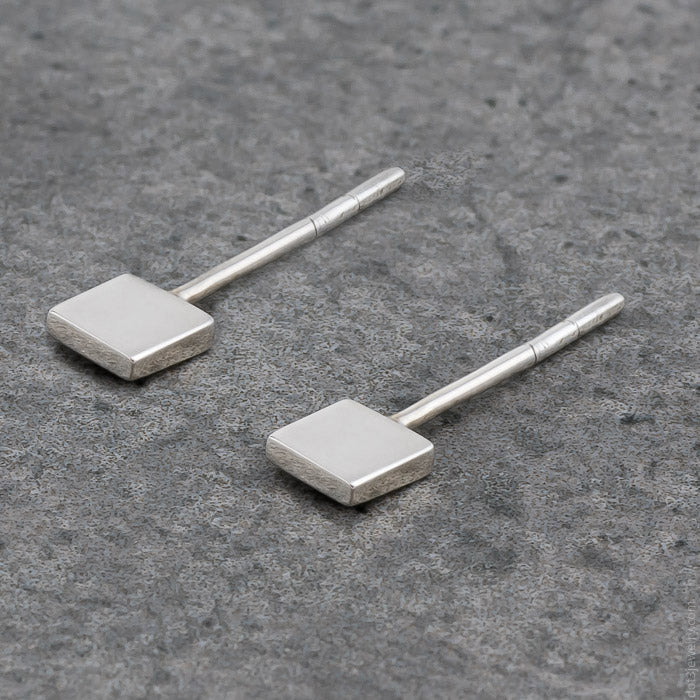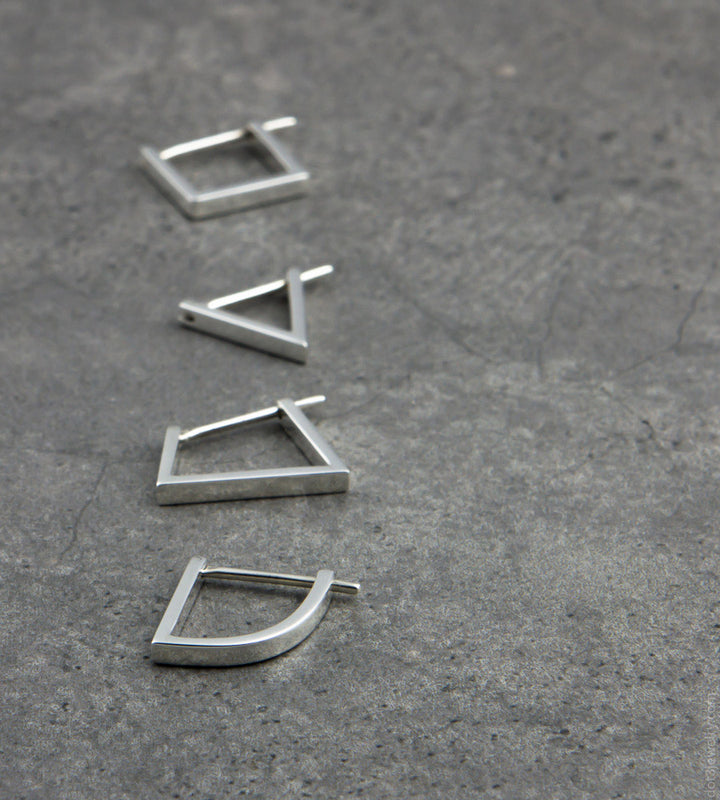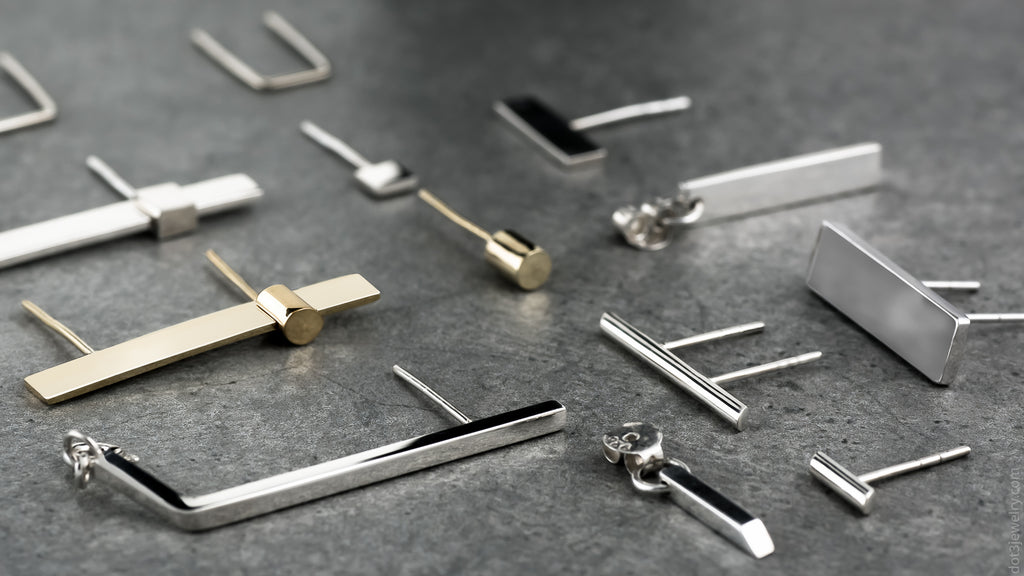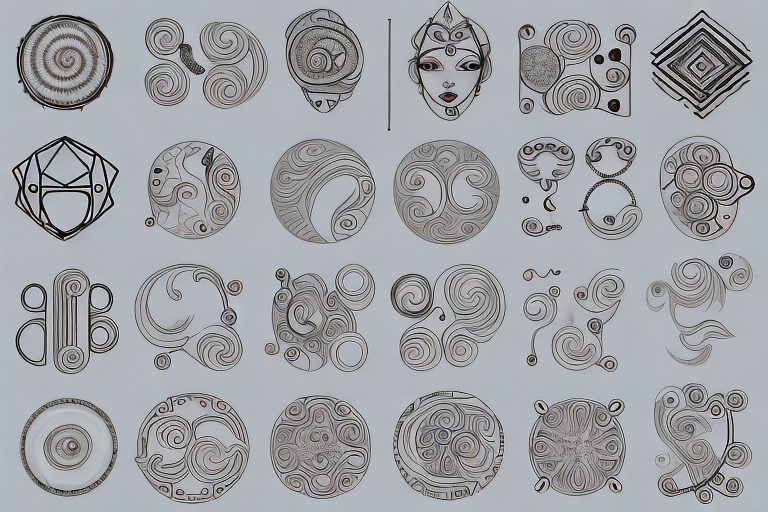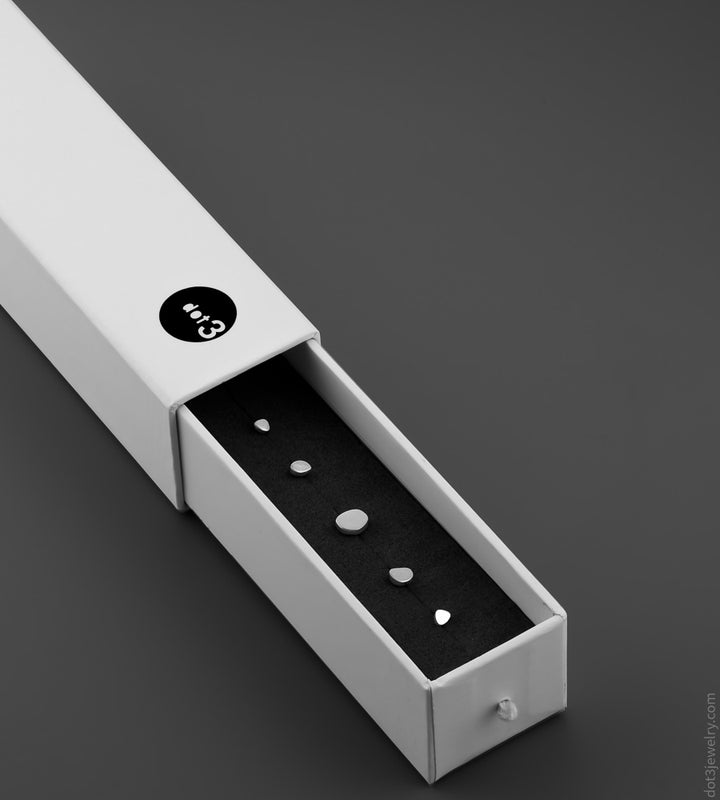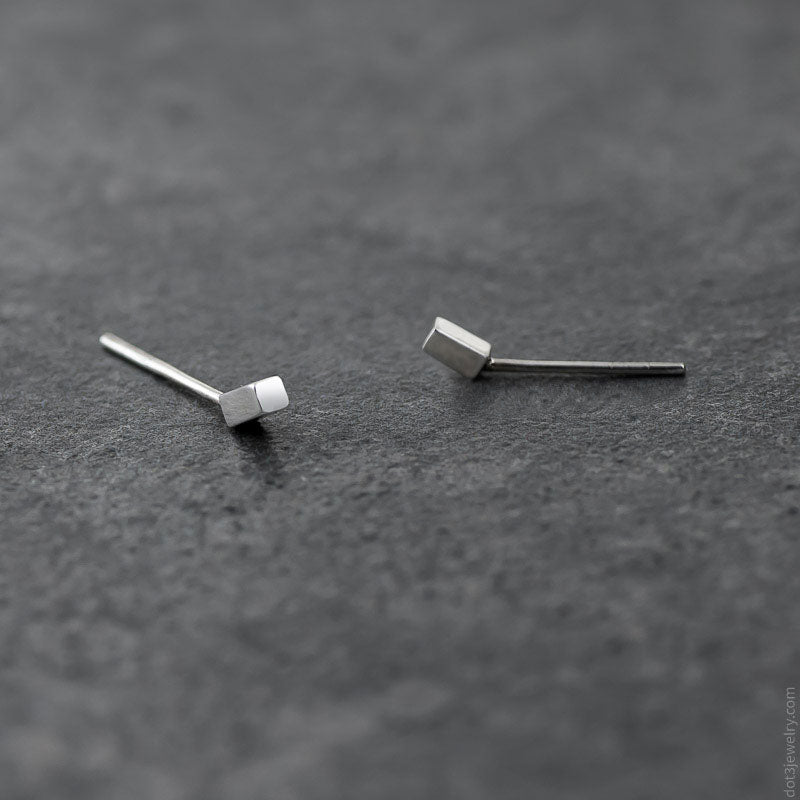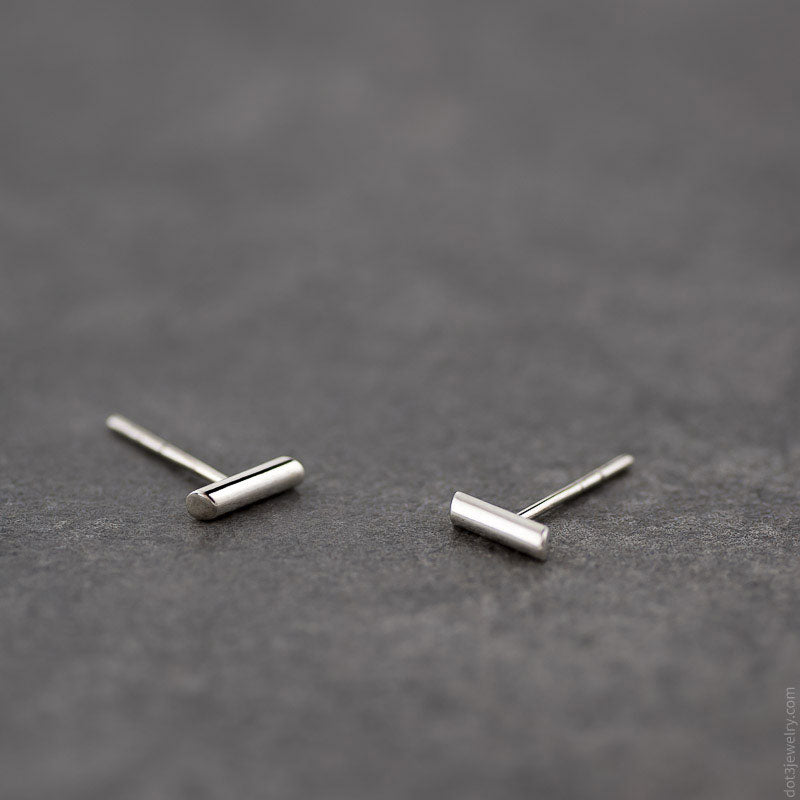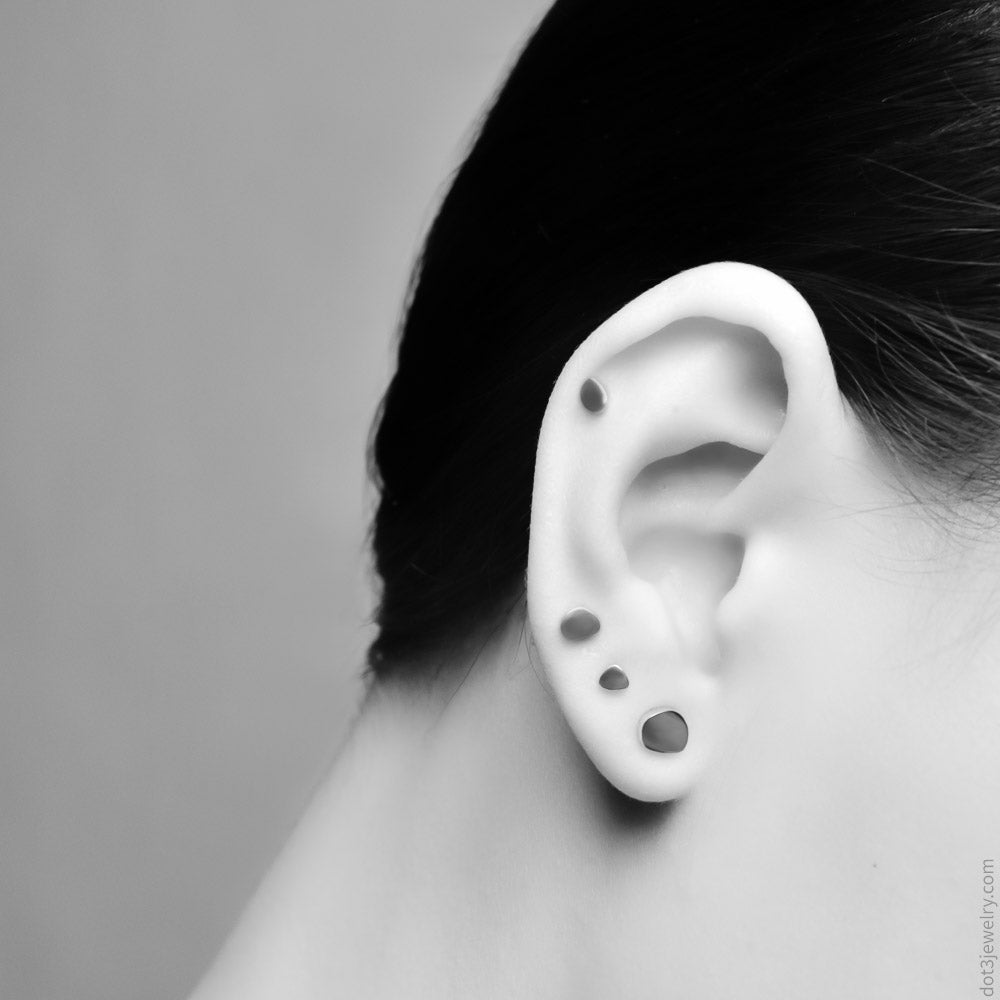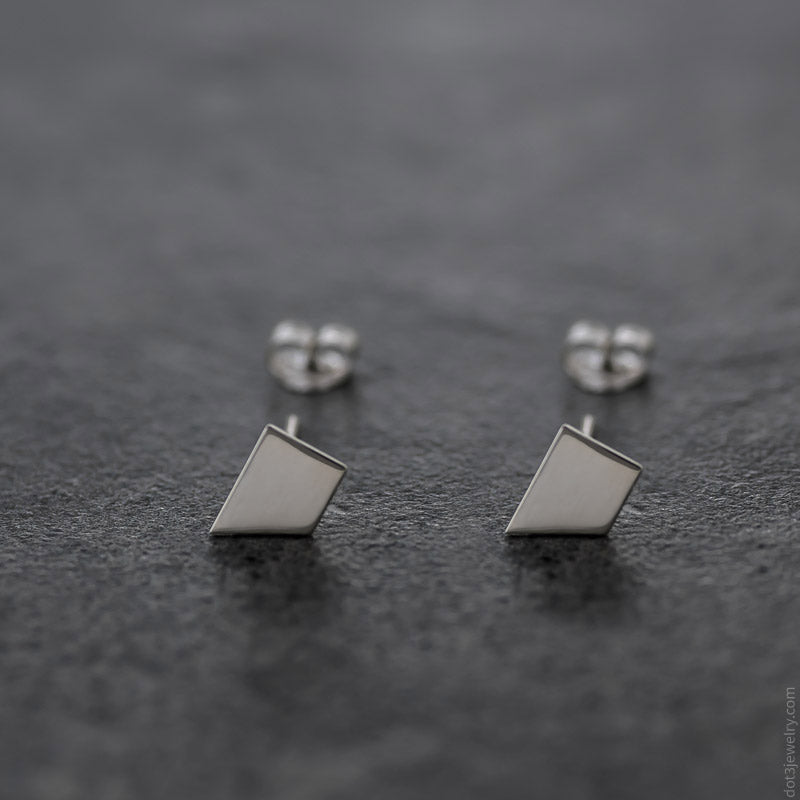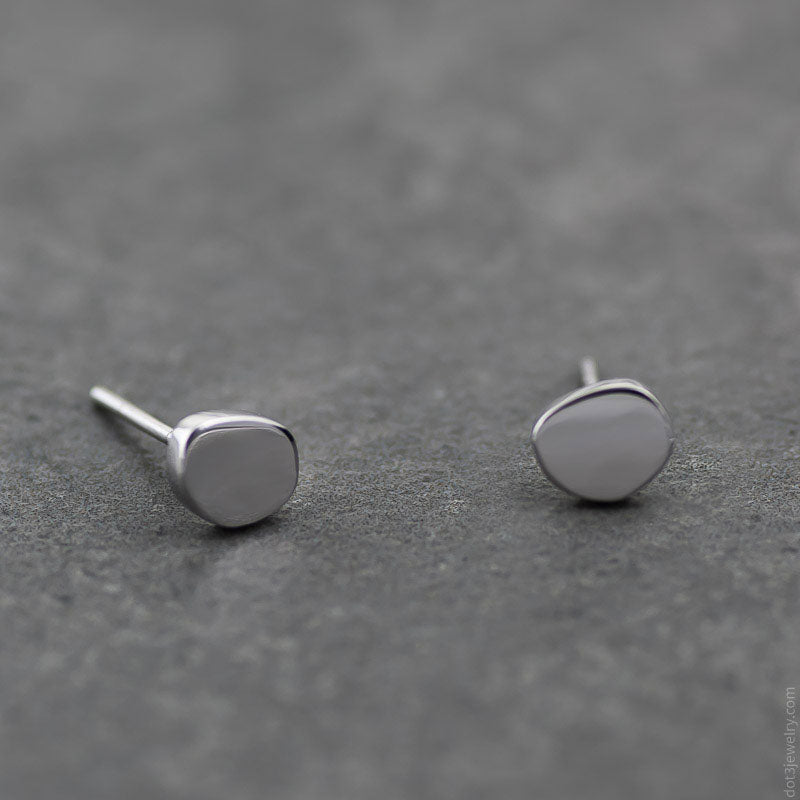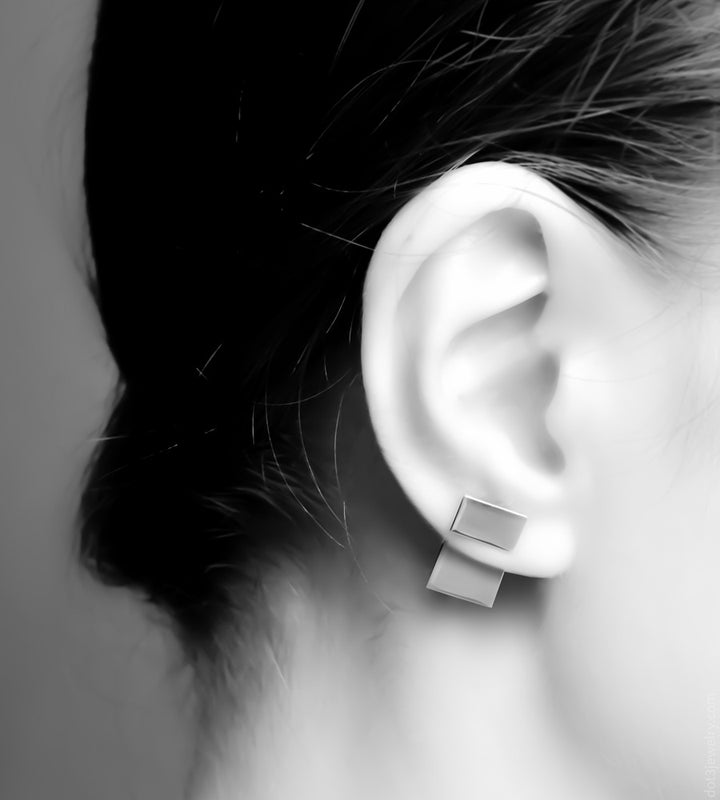Ear piercing is one of the oldest known forms of body modification, with artistic and written references from cultures around the globe dating back thousands of years. It serves not only as a rite of passage but also as an expression of beauty and personal style. Today, ear piercings are as popular as ever, transcending age, gender, and culture to become a global fashion phenomenon.
This article explores the rich history of ear piercing, tracing its origins from ancient civilizations where it had religious and cultural significance, through its fluctuating popularity in the social hierarchies of the Middle Ages and the Renaissance, to its current status as a ubiquitous element of style and identity. As we journey through the ages, we will discover how this ancient practice has evolved and adapted to the ever-changing trends in society and fashion.
Ancient Practices
Ear piercings have a storied past, with each ancient civilization imparting its unique stamp on the practice, often imbued with significant cultural, spiritual, or social meanings.
Egypt
In ancient Egypt, ear piercings were not merely decorative; they were a sign of status and nobility. Archaeological findings, including mummies with ear piercings and wall paintings, suggest that both men and women of high status wore elaborate gold and precious stone earrings. The famous pharaoh Tutankhamun was found with ear piercings, indicating that this practice was revered among the Egyptian elite.
Rome and Greece
In ancient Rome and Greece, earrings were a common accessory among women, used to enhance their beauty and indicate their social status. In these cultures, earrings often featured designs such as drops and hoops made from precious metals like gold and adorned with pearls and gemstones. Interestingly, in Rome, a slave who became free was often marked by the wearing of an earring, turning the ornament into a symbol of liberty.
Mayan and Aztec Cultures
The Mayans and Aztecs took ear piercing to spiritual heights, using it as part of rituals and ceremonies. Both civilizations practiced ear piercing on both genders as a rite of passage. The jewelry used, often made of jade or obsidian, was not just decorative but held spiritual significance, believed to connect the wearer with the gods.
Tribal Societies in Africa and Asia
In many African tribes, ear piercings are part of a broader tradition of body modifications that signify tribal identity, social status, beauty, and courage. Materials such as bones, woods, and beads are commonly used. In Asia, particularly in India, ear piercing (known as 'Karnavedha') is considered an important ceremony performed on both boys and girls. It is believed to open the inner ears to receive sacred sounds.
Throughout these diverse cultures, ear piercings served multiple functions—from a marker of beauty and status to a profound cultural and spiritual symbol. The wide variety of materials and designs used across different societies illustrates the rich tapestry of cultural significance attached to this form of body modification.
Having covered ancient practices, the next section will explore the Middle Ages to the Renaissance period, examining how societal changes affected the perceptions and practices of ear piercing.
Middle Ages to Renaissance
The perception and popularity of ear piercings underwent significant changes during the Middle Ages and Renaissance, reflecting broader shifts in societal attitudes towards body modification and adornment.
Middle Ages
In Medieval Europe, the practice of ear piercing saw a marked decline, particularly in Western societies. The Christian church, wielding considerable influence at the time, largely frowned upon body modifications, associating them with paganism and barbarism. As a result, ear piercings became less common among the European aristocracy and general populace. However, this was not uniformly the case across all regions. In Eastern Europe and the Byzantine Empire, earrings remained somewhat popular, continuing the traditions of the Roman and Greek cultures.
Renaissance
The Renaissance period marked a revival of many artistic and cultural practices from antiquity, including ear piercing. As European explorers came into contact with cultures around the world where ear piercings were common, they reintroduced the practice to the European continent with renewed vigor. This era saw an increase in the use of earrings among the nobility as symbols of wealth and status. Portraits from this period often depict men and women wearing elaborate earrings made of gold, pearls, and other precious materials, highlighting their importance as decorative accessories.
Earrings during the Renaissance were not merely fashion statements but also works of art. Jewelers employed techniques that reflected the era’s broader artistic movements, incorporating Renaissance ideals of beauty, balance, and detail into their designs. This period also saw the emergence of the "ear spoon," a type of earring that had a functional aspect—it was used to carry perfumes or poisons, depending on the wearer's needs.
The popularity of ear piercings among the elite during the Renaissance laid the groundwork for the more widespread acceptance of this practice in later centuries, eventually leading to its resurgence in the modern era.
This section traced the fluctuating fortunes of ear piercings from the Middle Ages to the Renaissance, highlighting how cultural, religious, and artistic influences shaped their use. Next, we'll explore the 19th to early 20th century, focusing on the decline and resurgence of ear piercing in the Victorian era and its transformation in the early modern period.
The 19th to Early 20th Century
During the 19th and early 20th centuries, ear piercings experienced a dynamic shift in popularity and perception, particularly influenced by the Victorian era's stringent social norms and the subsequent relaxation of attitudes during the Edwardian period.
Victorian Era
In the Victorian era, the morality and modesty dictated by society led to a decline in the visibility of ear piercings among the upper classes in Western societies. Queen Victoria, a model of decorum and restraint, did not favor body modifications, which significantly influenced fashion trends and societal norms. Consequently, ear piercings were often seen as uncouth or associated with lower social statuses and certain ethnic groups, which the conservative society of the time looked down upon.
However, this did not mean that earrings disappeared entirely from the fashion landscape. They remained popular among certain groups and continued to be worn in more private settings or among less conservative communities. The earrings of this period were often small and understated, made from gold, silver, and sometimes adorned with pearls or small gemstones, reflecting the era's subdued aesthetics.
Edwardian Period and Early Modern Era
The turn of the 20th century brought about a gradual change in attitudes. The Edwardian period, following Victoria's reign, saw a resurgence in the popularity of ear piercings among the elite. This era emphasized more opulent fashion and accessories, including larger and more decorative earrings. The use of new materials and the inclusion of exotic motifs reflected the period's fascination with luxury and the influences of global empires.
The early modern period, particularly post-World War I, marked a significant break from past traditions. As women began to assert more independence and society moved towards greater acceptance of various forms of self-expression, ear piercings gained new popularity. The roaring twenties, for instance, saw a fashion explosion that embraced more daring styles, including prominent earrings that complemented the short hairstyles and flapper dresses of the era.
This period also saw technological advancements in ear piercing techniques, with the invention of the ear piercing gun in the late 20th century, which made the process more accessible and hygienic. This innovation played a crucial role in normalizing ear piercings and expanding their appeal across different societal segments.
Having explored the shifts from the Victorian conservatism to the expressive 20th century, the next section will delve into the mid-20th century to the 1970s, examining how cultural movements such as the hippies and punk rock influenced ear piercing trends.
Mid-20th Century to 1970s
The mid-20th century through the 1970s witnessed profound changes in society and culture, which were vividly reflected in the evolution of ear piercing trends. This period saw a radical shift from traditional norms, driven by various cultural movements and a growing spirit of rebellion and personal expression.
Post-War Era to 1960s
In the years following World War II, society began to embrace a new level of freedom and innovation, leading to a resurgence in the popularity of ear piercings. During the 1950s and 1960s, earrings became a symbol of femininity and elegance, popularized by Hollywood icons like Marilyn Monroe and Audrey Hepburn. Their influence made pearl and diamond studs fashionable, which complemented the era's chic and sophisticated dress styles.
Simultaneously, the counterculture movements of the 1960s, including the hippies, played a crucial role in redefining ear piercing. This group, known for its advocacy of peace, love, and freedom, adopted more eclectic and ethnic styles, incorporating materials like wood, feathers, and beads. These styles were not only adornments but also symbols of cultural identity and a broader worldview, embracing influences from Native American, African, and Asian traditions.
1970s: Punk Rock and Beyond
The 1970s marked another significant shift with the emergence of the punk rock movement, which used fashion and body modifications as forms of anti-establishment expression. Ear piercings in the punk scene were not just about adornment but were also a statement against conventional beauty standards. Punks often sported multiple ear piercings, adorned with unconventional materials like safety pins and spikes. This trend highlighted a stark contrast to the polished looks of previous decades and influenced a broader acceptance of diverse body art in public perception.
This era also saw the development of professional piercing shops, which began to offer safer and more varied piercing services. The establishment of these shops helped normalize ear piercings further, making them more accessible to a wider audience and ensuring higher standards of hygiene and safety.
During this time, ear piercing started to be seen not just as a female adornment but was increasingly adopted by men, reflecting the breaking down of gender barriers in fashion and personal expression.
As we have explored the dynamic changes from the post-war era to the rebellious 1970s, the next section will cover the 1980s to the present, focusing on how mainstream and counter-culture have influenced ear piercing trends and technological advancements.
From the 1980s onward, ear piercing has seen both a consolidation of its mainstream appeal and a continuous evolution in styles and practices, reflecting broader social changes and technological advancements.
1980s: Mainstream Acceptance and Diversification
The 1980s marked a period of increased mainstream acceptance of ear piercings across genders and ages. This decade was characterized by an explosion in the variety of earring styles, influenced by both high fashion and popular culture. Iconic musicians and celebrities, like Madonna and Prince, played pivotal roles in popularizing bold and eclectic ear piercings, such as multiple lobe and cartilage piercings, which appealed to both mainstream and alternative audiences.
This period also saw the rise of the mall piercing kiosk, which became a cultural phenomenon in America. These kiosks made ear piercing highly accessible and helped normalize the practice among younger children, with parents opting to have their kids' ears pierced at a young age.
1990s to Early 2000s: Subculture Influence and Technological Advances
In the 1990s and early 2000s, the alternative and subcultural movements, such as grunge and goth, contributed to the diversification of ear piercing styles. These communities embraced more unusual forms of ear piercings, such as industrial, tragus, and helix, pushing the boundaries of the art form. During this time, the introduction of better piercing equipment and the rise of professional piercing studios enhanced the safety and precision of the procedure, allowing for more intricate and varied piercings.
The 2000s also saw an increase in the awareness of hypoallergenic materials, with advancements in medical-grade titanium and surgical steel, which minimized the risk of allergic reactions and infections. This development made ear piercings more accessible to people with sensitive skin.
2010s to Present: Social Media and Personal Expression
In the most recent decade, social media has played a crucial role in the dissemination and popularization of diverse ear piercing styles. Platforms like Instagram and Pinterest have allowed individuals to share their piercings and access a vast array of ideas and inspiration from around the world. This has led to a significant personalization of ear piercings, with individuals curating multiple piercings on various parts of the ear to create unique patterns, often referred to as "ear constellations."
Today, ear piercings are not just about fashion or rebellion but are widely recognized as a form of personal expression and artistry. The industry continues to innovate with new techniques and styles, ensuring that ear piercing remains a dynamic and evolving form of self-expression.
We have now covered the evolution of ear piercings from the 1980s to the present day, highlighting its integration into mainstream culture and the continuous influence of subcultures and technology on its practices. To wrap up, the final section will focus on modern trends and the cultural significance of ear piercings today.
Modern Trends and Cultural Significance
In the current landscape, ear piercing stands as not only a popular fashion choice but also a deeply personal form of expression that transcends age, gender, and cultural boundaries. The evolution of ear piercing reflects broader societal shifts towards individualism and self-expression.
Personal Expression and Identity
Today, individuals use ear piercings to express their identities and personal stories. The concept of "ear constellations," where multiple piercings are artistically arranged to create a unique aesthetic, exemplifies this trend. Each configuration is as distinct as the individual, often designed to complement one's personal style and features. This trend underscores a shift from ear piercings as mere fashion accessories to significant elements of personal branding and identity.
Inclusivity and Body Positivity
The modern ear piercing culture embraces inclusivity, with people of all ages, genders, and backgrounds participating in what has become a universal practice. This inclusivity is also part of the broader body positivity movement, which encourages individuals to celebrate their bodies in diverse and expressive ways. Ear piercings, accessible and versatile, play a role in this movement by enabling people to customize and control their appearances in empowering ways.
The Role of Social Media
Social media continues to be a powerful platform for sharing and inspiring ear piercing trends. It not only spreads awareness about the myriad possibilities within ear piercings but also fosters a community of enthusiasts who exchange tips, showcase their styles, and promote safe practices. Influencers and celebrities often spark trends, as seen with the resurgence of specific styles like the daith or conch piercings, which gain popularity for their aesthetic appeal and purported health benefits, like migraine relief.
Future Directions
As we look to the future, the field of ear piercings is likely to continue evolving with advancements in safety, hygiene, and design. Innovations such as biocompatible materials and virtual reality for planning piercing placements might further customize and enhance the piercing experience. Moreover, as society continues to embrace and expand the definitions of beauty and personal expression, ear piercings will likely continue to play a significant role.
This exploration of ear piercings, from ancient practices to modern trends, illustrates not only the adaptability of this form of body modification but also its profound cultural resonance. As we have seen, ear piercings are more than just a fashion statement; they are a powerful medium for expression, a marker of identity, and a connector across time and cultures.
Read more
